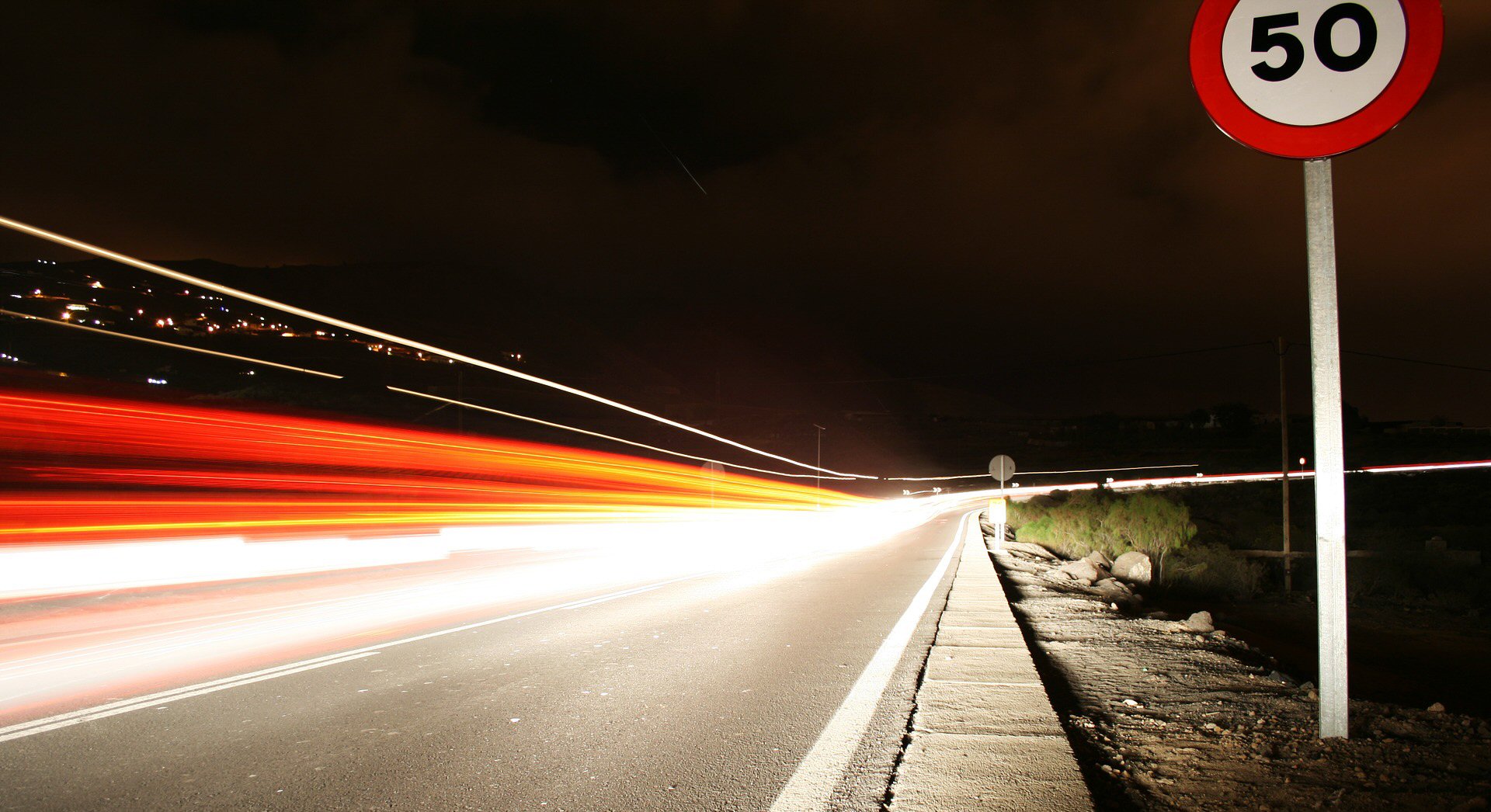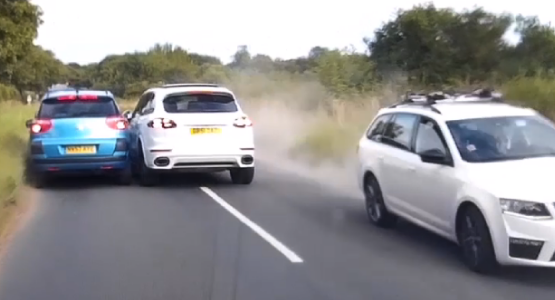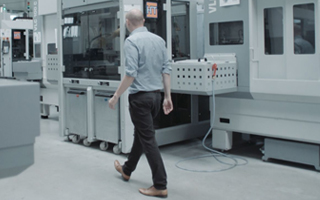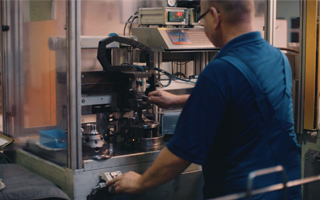What Is The Effect of Tailgating On Traffic?
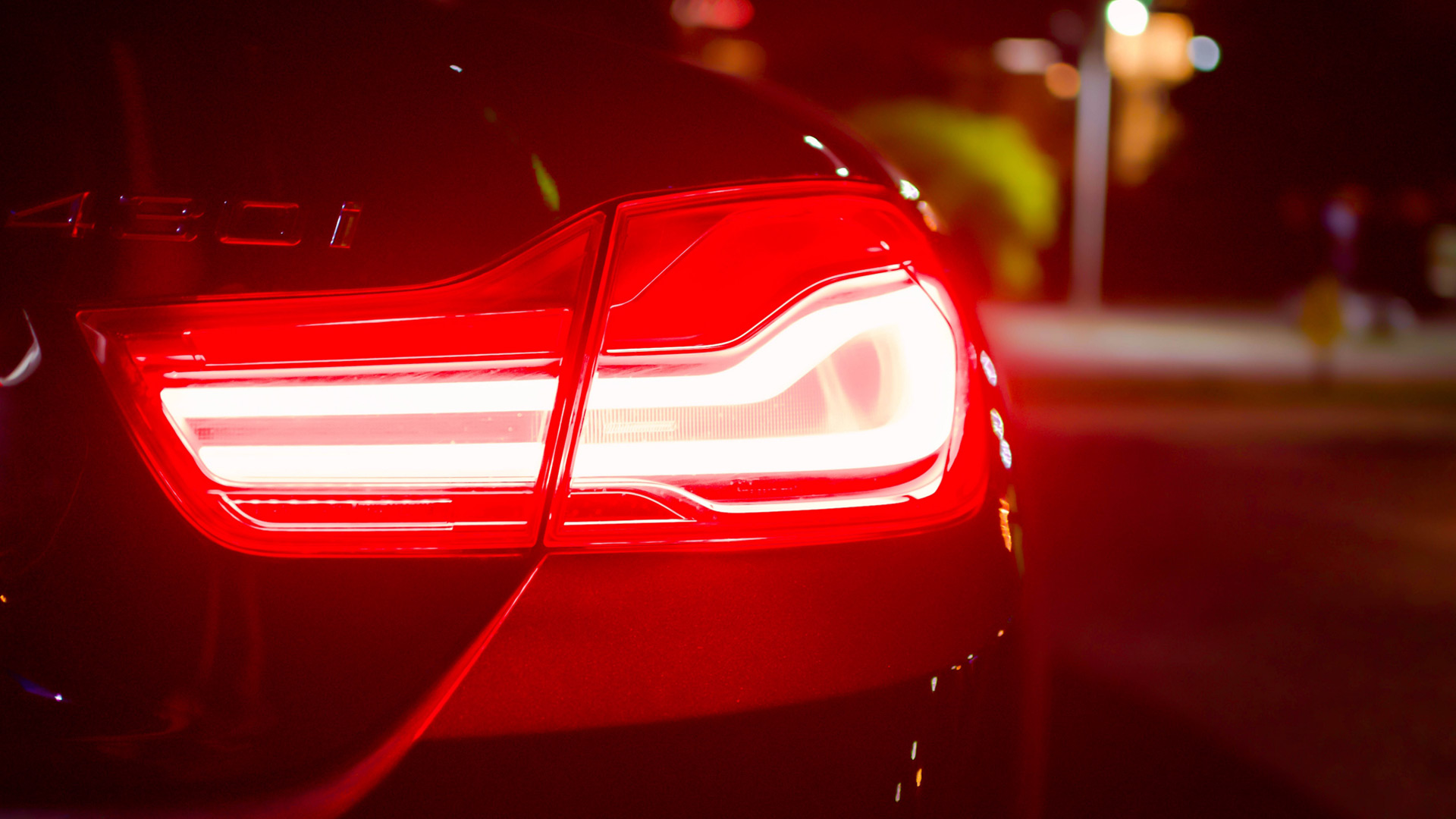
Tailgating is the scourge of drivers everywhere. Indeed there is seemingly no motorist safe from those intent on getting up close and personal, whose impatience come ignorance invariably brings us bumper-to-bumper.
But aside from infuriating those on the receiving end, what effect do tailgaters have on traffic itself? A negative one, it transpires.
A recent study by the MT’s Computer & Artificial Intelligence Lab claims journey times would be almost halved if only people adhered to the recommended distance between vehicles – the equivalent of one car every 10mph, in case you were wondering.
Tailgating bunches, creating pockets of traffic that simply put, slow us all down. Some of the worst tailbacks are in fact phantom traffic jams – created only as a result of spontaneous reactions, such as motorists reacting to sudden changes in speed with sharp braking. Tailgating accounts for much of this.
Of course this nasty habit also results in greater fuel consumption and the costs associated with such, not to mention the release of further toxins, namely CO2 emissions. Directly or indirectly, tailgate tantrums undermine us all.
Rules of The Road
So what, if anything, can be done about it? Various laws have been implemented over the years but passing these is one thing, enforcing them quite another. The aforementioned car length for every 10mph was originally championed, before giving way to what’s known as the two second rule. The latter was based on typical perception and reaction times. Perhaps unsurprisingly, this morphed into the three second rule, and the four second equivalent after that. We reached a fifth iteration before somebody called an eventual halt to proceedings.
Guidance is forever changing but it counts for little when a self-proclaimed King of the Road suddenly swoops into your lane with little to no warning, leaving you mere millimetres apart. Are you at that point the guilty party? Of course not but roads are hard to police and sometimes variables mean we can’t guarantee coming to a sudden stop so as to avoid a collision. That’s when the trait has potentially fatal consequences.
Indeed the Global Driver Risk Management Company revealed drivers are at the highest risk of rear-ending a fellow road user when following less than two seconds behind. This, it’s generally accepted, leaves no time to brake.
Conditions also play a part. The gap left should vary according to speed, weather, visibility and more.
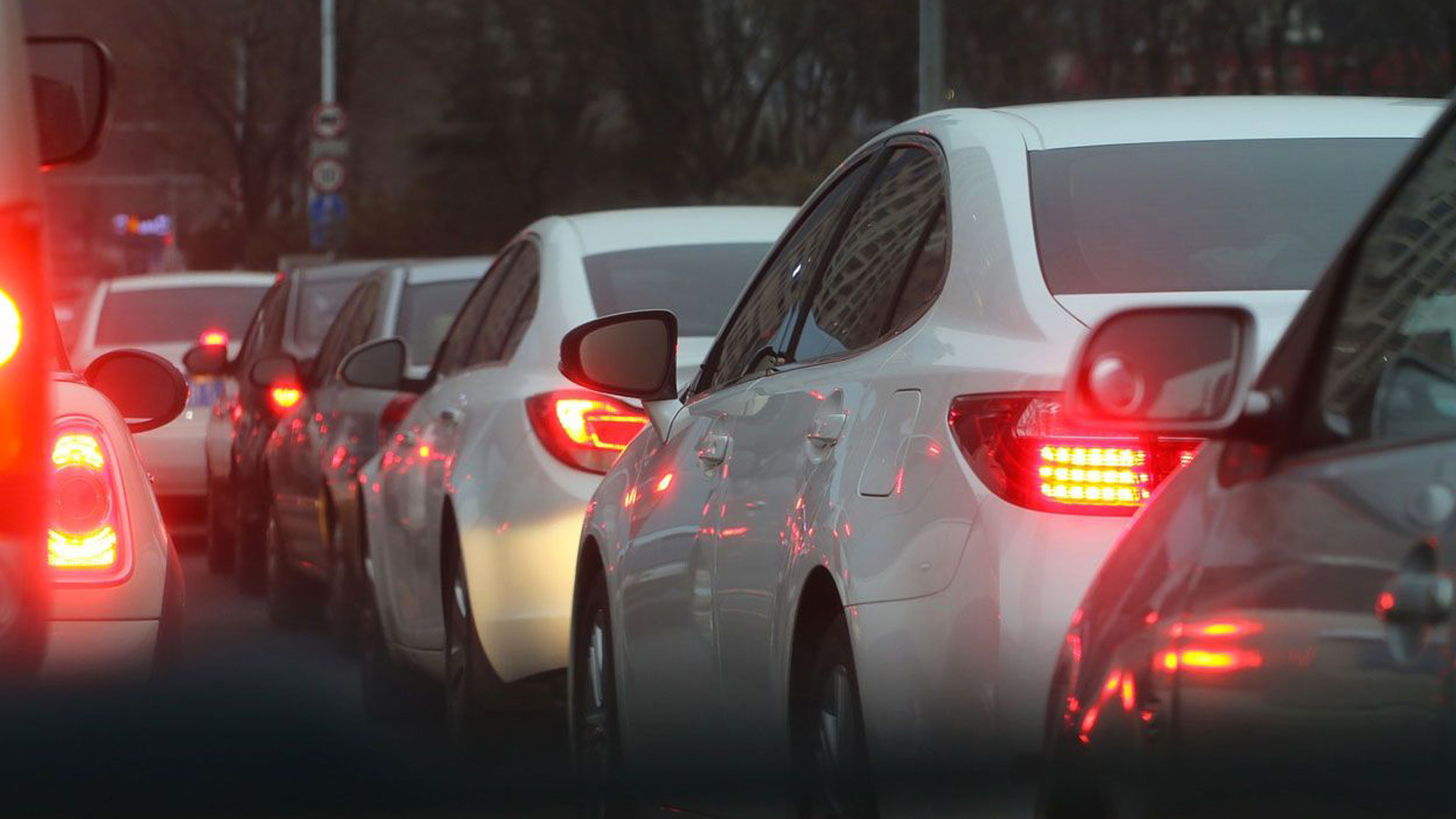
Why?
So why do drivers tailgate? Think about those instances where you have applied the pressure. You know it’s happened. Were you running late? Suffering from a bout of road rage? Perhaps general impatience played a part. There can be scenarios where people slip into the habit without malice or intent.
When on the receiving end however it is always best to let the aggressor past. Simply switch lanes – even temporarily. Inciting further aggression will have a negative impact on both your own journey and, potentially, those around you. Too often cars enter into duels, whomever in front slowing in a bid to enrage its stalker.
Platooning and Adaptive Cruise Control
An outdated concept titled Platooning sought to end the problem and proposed electronically connecting vehicles together so as to coordinate distances between them. In truth this idea was doomed to fail, requiring detailed coordination and a huge network of cars that interconnected.
It was then hoped answers lay in the form of Adaptive Cruise Control, a system already installed in thousands of cars worldwide. This particular technology sees sensors placed upon a front bumper. The car itself then taps tap into what is known as a ‘car-following’ model, software that programs the vehicle to adhere to a minimum space and time gap between it and the car in front. Better still it adjusts whenever said car either accelerates or slows.
But while ACC doubtless reduces pollution it fails to remedy the build up of traffic. In fact, the more models that adopt the system, the greater the risk of a domino effect and with it yet further bunching.
Bilateral Control
A credible alternative certainly comes in the form of Bilateral Control – a system that looks both forward and back. Indeed BC involves sensors being added to back bumpers also. One of its many benefits is the fact it can be applied right before someone joins a tailback and yet still take instant effect. Moreover it functions in spite of lane changes and comes with the added bonus of smother acceleration, reducing those jumpy re-starts. The downside? Convincing car manufacturers to install the technology.
For Bilateral Control remains somewhat rare, even on newer models. But the facts suggest it could get travellers to their destination twice as quickly. This should – in theory – increase demand in the years to come.
Think of it like a flock of birds flying in unison. Known as a starling murmation, this natural wonder sees thousands of animals move through the sky as one body, all just inches apart. The birds use three zones of 360 degrees around them in order to line-up correctly.
This unlikely source could pave the way for improvements to cruise control technology and – by extension – the world’s roads. We’d all welcome that.


